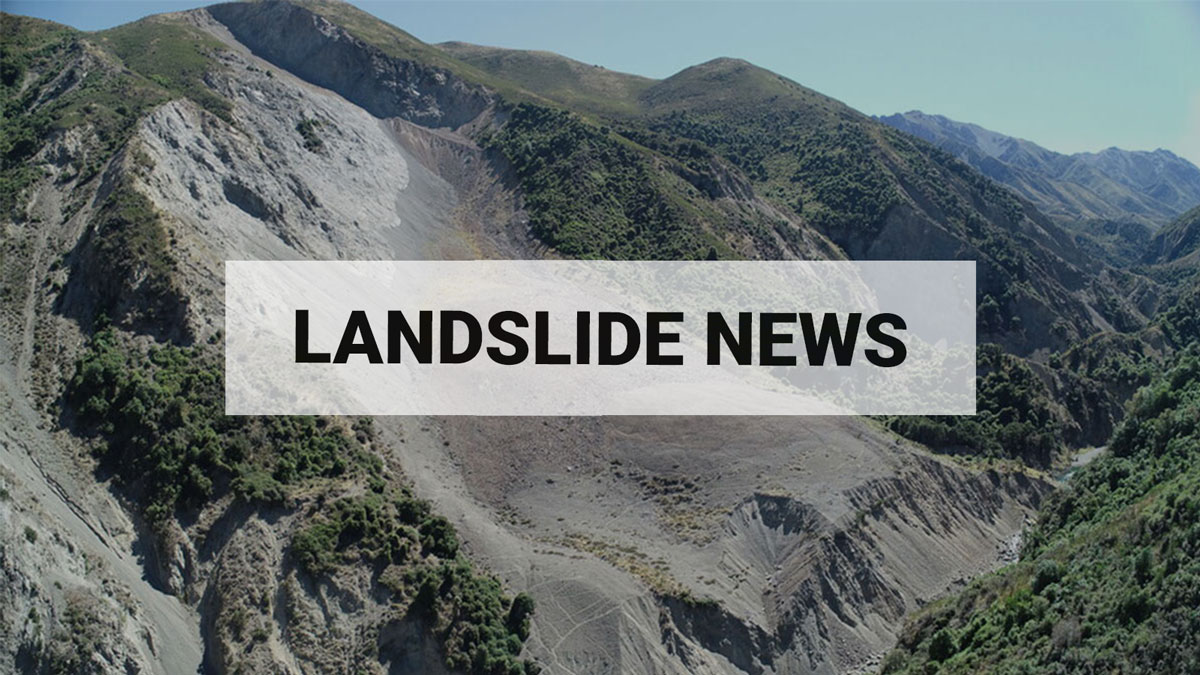
Know the signs, plan ahead – tips for landslide preparedness
The top of the South Island sits waterlogged after many days of heavy rainfall. With more rain forecast we’re seeing a situation evolving where landslides may occur with little to no warning. We’ve pulled together info from the experts to make sure you can get prepared.
You know your home best
If you notice something different about your home, like doors and windows not closing, cracks appearing in the cladding or on paved surfaces, or if you notice cracks or bulging to the land above or around your property this could be a sign of land movement. This means you should self-evacuate to a safe location and let emergency services, and your council know.
If you’ve evacuated because of a landslide, do not re-enter your home until you are given the all-clear by local authorities.
Slopes can remain unstable even after the worst of the weather has passed. Even if the rain has eased, the land and soil can still be waterlogged, and floodwaters can continue to affect the land.
What can you do to be prepared?
- It’s important to keep an eye on the current MetService weather warnings for your area.
- Where possible, keep away from coastal cliffs or banks. Small slips can quickly turn into larger landslides, so be particularly aware of any small movements, or if you notice fresh rock falls or soil on the ground.
- Homes near hills or steep slopes are most at risk – so if that’s where you live, watch out for cracks or movement that could be a warning sign, and get quickly to safety.
- Landslides can be triggered by heavy rain or earthquakes and can occur with little or no warning. Some can occur without any obvious trigger.
Where to get more information
Read more on what to do before during or after a landslide on NEMAs Get Ready website.
Follow local emergency management advice to keep you and your whānau safe. Nelson Tasman Civil Defence will continue updating their Facebook page with important information.
For local updates go to:
Tasman District Council Facebook page
Nelson City Council Facebook page
Marlborough District Council Website
Marlborough District Council Facebook Page
For all other regions, please follow your local Civil Defence Emergency Management Group.
Seen a landslide? 'Dob it in!'
We are interested in landslides caused by the current weather events. Your information helps our research into better understanding the link between rainfall, storm events and landsliding, and feeds into our landslide modelling tools.
Please email us as much of the following as you can supply – we would be very grateful:
Date and time of the slip/landslide
Location – this can be a street address, distance from a landmark or road. Or pin on google earth/maps.
Size – it would be useful to know if one person could clear the landslide or if heavy machinery would be needed.
Type – was the landslide made up of rocks falling from a cliff, along a road or was it a flow of material rather than a fall? Was anything damaged?.
Photos – these are very useful for us especially views showing the whole landscape.
You can send your landslide emails to landslides@gns.cri.nz
A landslide may be triggered by heavy rain or earthquakes, with homes near hills or steep slopes most at risk. If you live near a hill or steep slope, watch out for cracks or movement that could be a warning sign. Follow Civil Defence’s advice on what warning signs to look out for, so you can act quickly if you see them.
NHC Toka Tū Ake has information on how to get your home, apartment, or rental prepared for a natural disaster.
